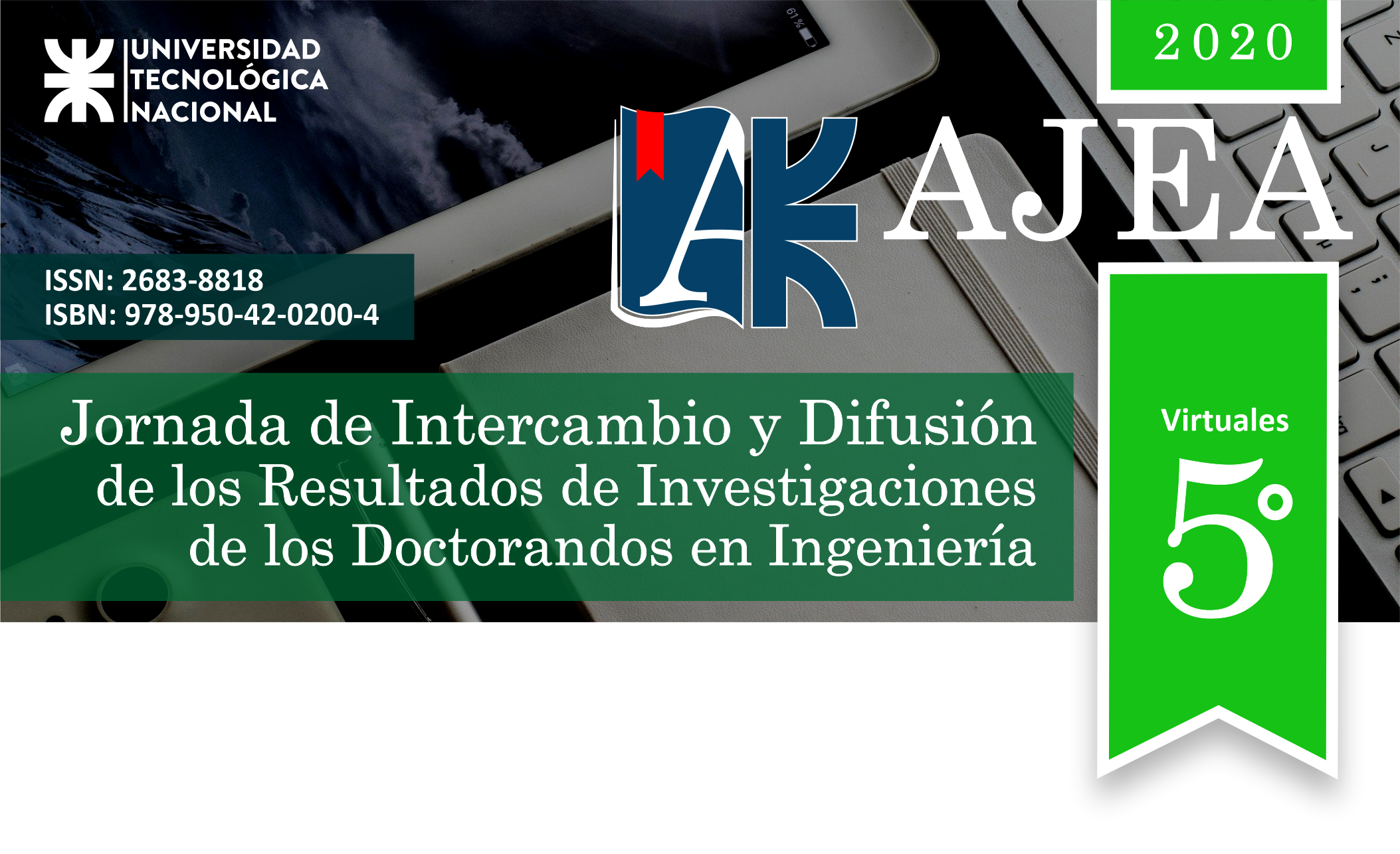Study of the mobility of stabilized iron based nanofluids for in situ remediation of inorganic pollutants
DOI:
https://doi.org/10.33414/ajea.5.757.2020Keywords:
Zerovalent iron nanoparticles, groundwater remediation, transportAbstract
Zerovalent iron nanoparticles (FeNPs) have been used for the removal of a wide variety of contaminants in aqueous media, transforming them into less toxic species through surface adsorption and redox reactions mechanisms. For groundwater in situ remediation treatments, FeNPs are injected as nanofluids (NFs), with the FeNPs forming stabilized suspensions that avoid their precipitation and to enhance their transport. In this work, stabilized suspensions of FeNPs were prepared using carboxymethylcellulose (CMC) or xanthic gum (GX), and their mobility was evaluated in porous bed columns, at laboratory and pilot scales. The bed parameters were obtained by modeling the breakthrough curves of a NaCl tracer, using a specific software. The NFs showed good mobility, while the not stabilized FeNPs remained retained in the porous media. To fully elucidate the transport mechanisms and the acting flow models, the rheological characterization of the NFs was also started, finding interesting initial results. Encouraging results were found through a combination of column mobility experiments, modeling and characterization, that will help to design an in situ injection system for NFs.










